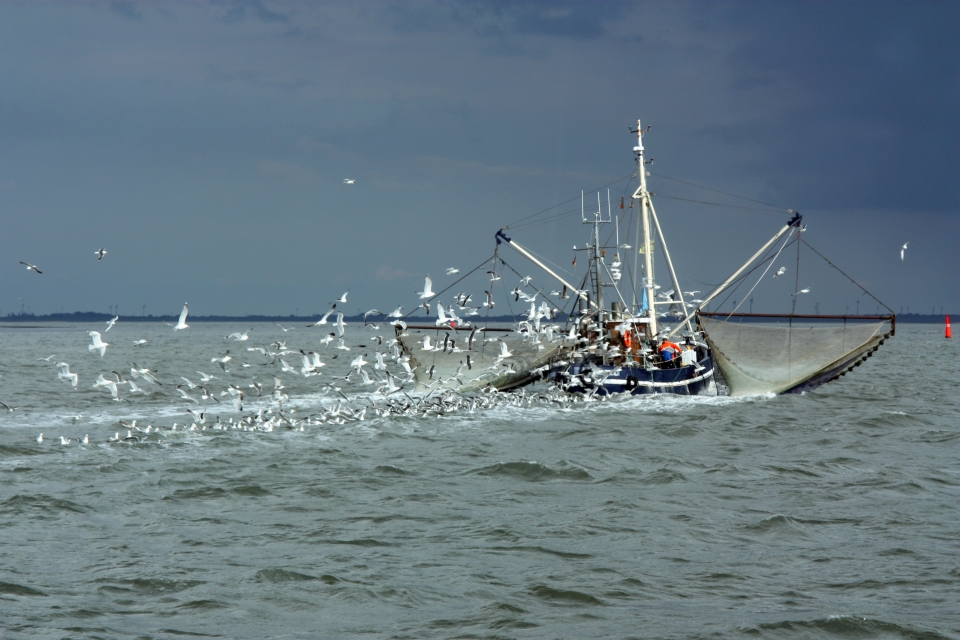In its report on the capsizing and sinking of two beam trawlers, the Dutch Safety Board made recommendations regarding asymmetric loading conditions. As a result, crews are now actively informed of the dangers and the subject has been integrated in fishery training programmes, but the Board feels the responsible Dutch Ministry could do more.
When a vessel enters an asymmetric loading condition, it is important that the crew knows how to respond in practice. The chance of asymmetric loading situations occurring is real, says the Dutch Safety Board. These can lead to very serious, possibly fatal, incidents. This was the conclusion of the Board in its report following the capsizing and sinking of the beam trawlers UK-165 Lummetje and UK-171 Spes Salutis. Both ships ended up in an asymmetrical loading condition, which caused a dangerous deterioration of stability. The UK-165 incident resulted in the death of both crew members.
Also read: Dutch Safety Board: Structural solutions needed for risks beam trawlers
The necessary competences for crews to recognise and prevent dangerous asymmetric loading situations are not part of the teaching packages offered in fishery courses. Nor do the laws and regulations guarantee that the crews on board are aware of the risks of such loading situations. This will change with the implementation of the recommendations from the Board’s report.
Integrated in training programmes
The sector parties to whom a recommendation was made have taken dynamic steps to follow these recommendations. As a result, the crews’ options for taking action will be increased. This is being done by informing crews and integrating the subject into fishery training programmes. The maritime manufacturing industry has also informed its relevant members through the addressed party Netherlands Maritime Technology (NMT) in order to increase safety on fishing vessels.
Also read: Dutch Safety Board: Trawlers with nets on one side at risk of capsizing
Ministry could do more
The Minister of Infrastructure and Water Management considers an asymmetrical loading situation an emergency situation, in which so-called “good seamanship” is the starting point. According to the Dutch Safety Board, emergency situations cannot be solved with good seamanship alone. The Board believes that the ministry could adopt a more constructive position with regard to this recommendation and says that attention to legislation and regulations is crucial in this regard.
Also read: Dutch Safety Board: Review container ship requirements to prevent container loss








